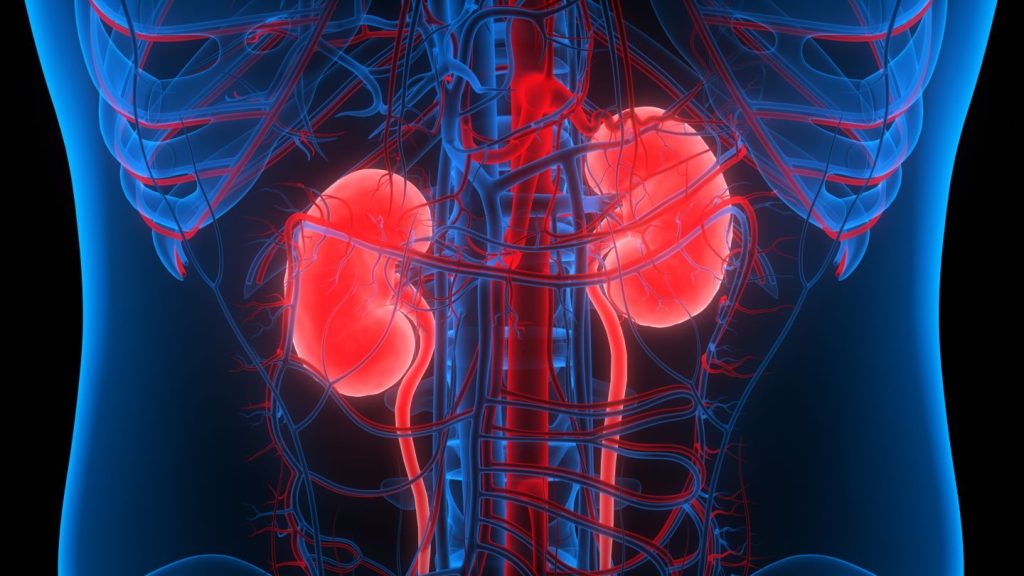Sysmex has been granted a patent for a method and reagents to enzymatically measure short-chain fatty acids in a sample. The method involves using recombinant butyrate kinases from specific species and ATP to detect butyric acid in various types of samples, including saliva, blood, and urine. The patent also covers the reagents used in the process. GlobalData’s report on Sysmex gives a 360-degree view of the company including its patenting strategy. Buy the report here.
According to GlobalData’s company profile on Sysmex, Laboratory automation robots was a key innovation area identified from patents. Sysmex's grant share as of September 2023 was 37%. Grant share is based on the ratio of number of grants to total number of patents.
Patent granted for enzymatic measurement of short-chain fatty acids
See Also:
A recently granted patent (Publication Number: US11773379B2) describes a method for measuring the amount of a specific type of short-chain fatty acid in a sample. The method involves enzymatically reacting the short-chain fatty acid with adenosine triphosphate (ATP) and a specific enzyme called butyrate kinase. This reaction produces adenosine diphosphate (ADP), and the amount of ADP produced is then measured. The short-chain fatty acids that can be measured using this method include propionic acid, butyric acid, isobutyric acid, valeric acid, isovaleric acid, and caproic acid. The butyrate kinase used in the method is sourced from either Acetoanaerobium sticklandii or Thermosediminibacter oceani. The sample can be saliva, gingival crevicular fluid, blood, plasma, serum, or urine.
According to claim 2 of the patent, the measured value of the produced ADP can indicate either the total amount of the short-chain fatty acid in the sample or the total amount of the short-chain fatty acid per unit volume. This provides flexibility in interpreting the results based on the specific needs of the analysis.
The measurement of ADP in claim 3 involves contacting the produced ADP with glucose and ADP-dependent hexokinase in the presence of a divalent metal ion. This reaction produces glucose-6-phosphate, which is then measured. Claim 4 further expands on the measurement process by involving additional reactions with nicotinamide adenine dinucleotide oxidized form (NAD) or nicotinamide adenine dinucleotide phosphate oxidized form (NADP) and glucose-6-phosphate dehydrogenase. These reactions produce 6-phosphoglucono-d-lactone and nicotinamide adenine dinucleotide reduced form (NADH) or nicotinamide adenine dinucleotide phosphate reduced form (NADPH), which are then measured.
The measurement of NADH or NADPH in claim 5 can be performed by measuring the absorbance or fluorescence intensity of a reaction mixed solution containing the produced NADH or NADPH. Alternatively, claim 6 suggests measuring the produced NADH or NADPH by contacting it with a coloring reagent and an electron carrier to produce a dye, and then measuring the absorbance of the reaction mixed solution containing the produced dye.
The production of ADP in claim 7 is achieved by contacting the sample, ATP, and butyrate kinase in the presence of a divalent metal ion. The divalent metal ion can be either a magnesium ion or a zinc ion, as specified in claim 8. Finally, claim 9 states that the butyrate kinase used in the method has the amino acid sequence of either SEQ ID NO:17 or SEQ ID NO:19.
Overall, this granted patent presents a method for accurately measuring the amount of specific short-chain fatty acids in various biological samples using enzymatic reactions and specific enzymes. The method offers flexibility in interpreting the results and provides detailed instructions for the measurement process.
To know more about GlobalData’s detailed insights on Sysmex, buy the report here.
Premium Insights
From

The gold standard of business intelligence.
Blending expert knowledge with cutting-edge technology, GlobalData’s unrivalled proprietary data will enable you to decode what’s happening in your market. You can make better informed decisions and gain a future-proof advantage over your competitors.





